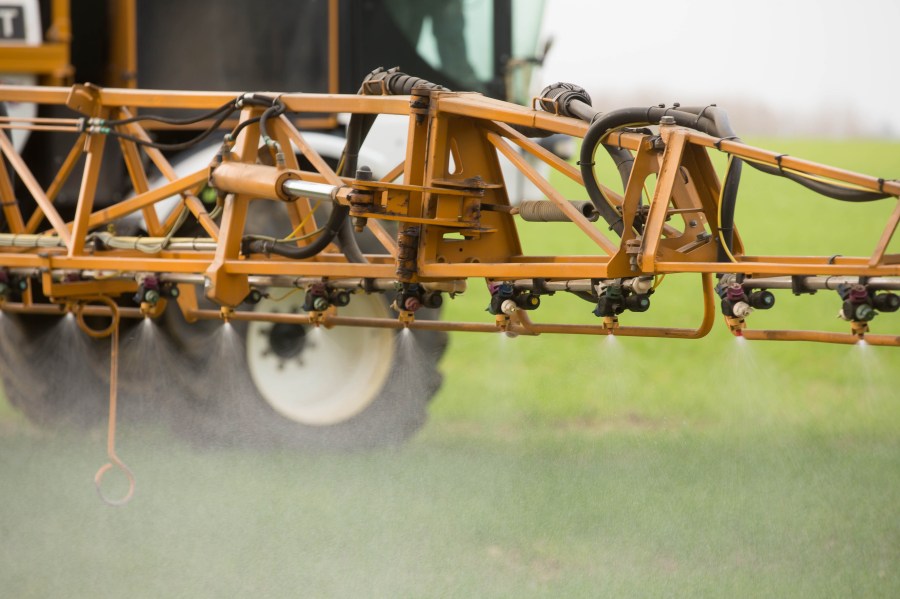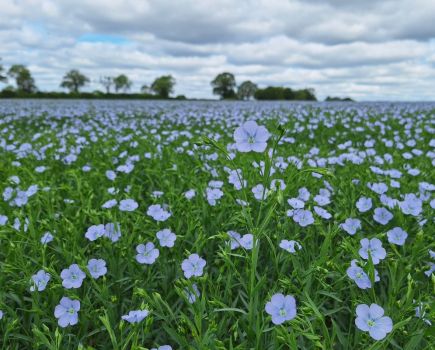New modelling shows reduced yields of some crops if glyphosate is withdrawn, with alternative approaches to weed control offering mixed outcomes.
A ban on the widely used herbicide could lead to an increase in weed abundance and a decrease in the yields of some crops, the study suggests.
Furthermore, although environmental risks would be eased, alternative approaches to weed control had mixed outcomes for the environment, food production and profitability, although some show potential benefits.
Weed communities with evolved resistance to non-glyphosate herbicides weren’t projected to be disproportionately affected by removing glyphosate, despite the lack of alternative herbicidal control options, says Rothamsted Research’s Dr Helen Metcalfe, who led the study.
“Our findings emphasize the importance of careful consideration of trade-offs if a ban were to be enacted. Glyphosate, the most widely used herbicide, is linked with environmental harm and possible human health issues, but it’s use is central to no-till farming approaches.
“Public pressure is now building for it to be replaced in agricultural systems. We wanted to find out what the implications of a ban might be,” she explains.
Regenerative systems
Glyphosate is widely used in arable farming, but in regenerative systems focussed on improving soil health in particular, it’s important for weed control in no-till stubbles and the management of cover crops and leys.
Therefore the environmental and health issues associated with glyphosate may trade-off against some of the benefits of moving to more sustainable systems that reduce tillage and integrate cover crops, adds Helen.
Study methodology
The study team modelled the impacts of discontinuing glyphosate use and replacing it with alternative control methods for controlling weeds based on winter wheat arable systems typical in northwest Europe.
Crop rotations with more spring cereals or grass leys for weed control increased arable plant diversity compared with simpler rotations using glyphosate, but produced less food. An increase in spring cropping also increased environmental risks associated with herbicides due to the high toxicity and bio-availability of chemicals typically applied in these crops.
Helen explains that stale seedbed techniques such as delayed drilling and opting for ploughing instead of minimum tillage had varying effects on weed abundance, food production and profitability. Ploughing was the most effective alternative to glyphosate for long-term weed control while maintaining production and profit.
“Integrated weed management with more use of cultural control methods offers the potential to reduce chemical use but is sensitive to seasonal variability and can also have some negative environmental and economic impacts,” she says. “The uncertainty associated with the non-chemical approaches we tested supports the view that adoption of integrate weed management requires multiple options adapted to the local environment. This’ll require careful consideration and a strong founding in the principles of weed ecology and biology.”
Alternative strategies
Overall, the study team hopes that the modelling exercise will encourage more farmers to experiment with alternative weed control strategies.
“Many farmers are beginning to investigate how they can best control weeds with fewer herbicides. Simulation studies like this one can help to carefully assess any management changes, as it’s not always possible to predict outcomes when so many variables – including the weather – are playing a key role,” concludes Helen.




